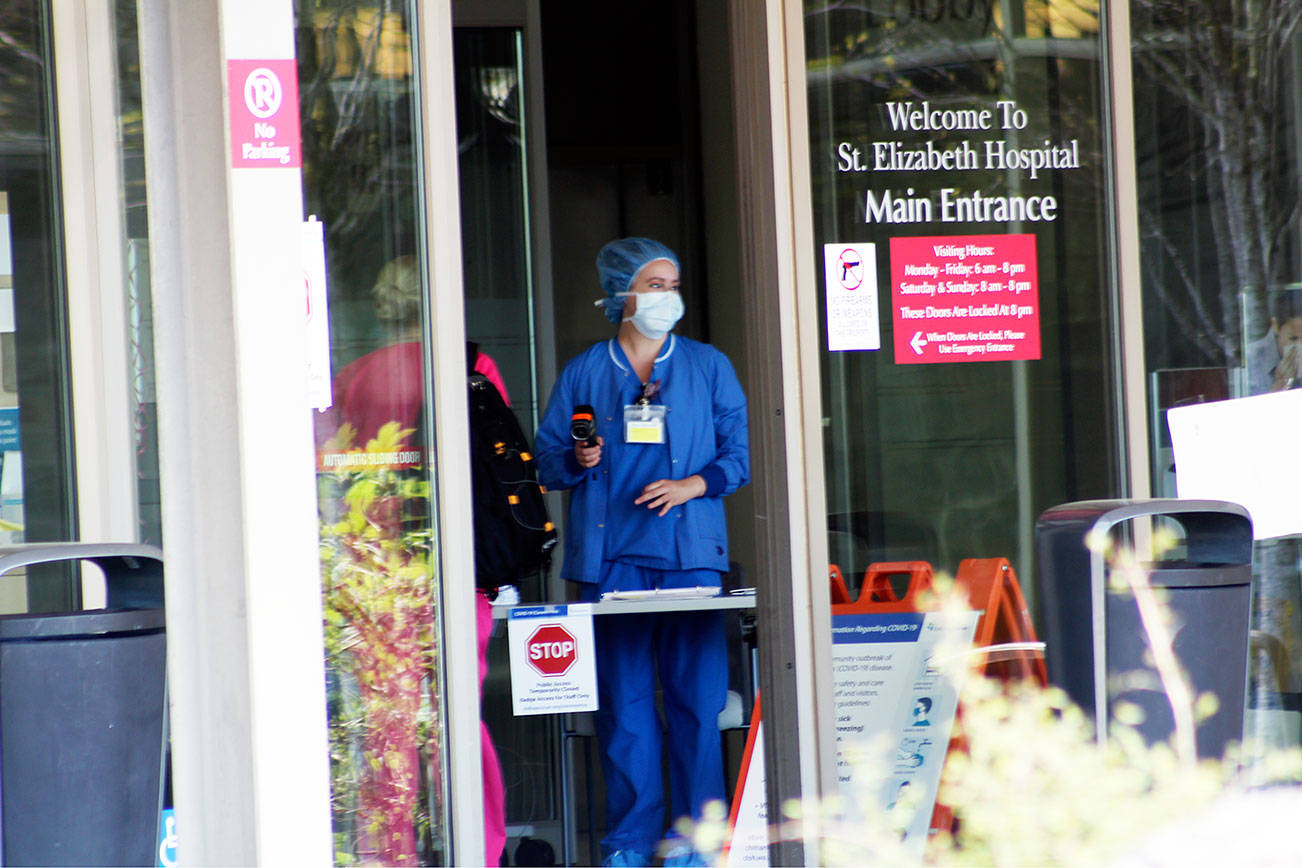The COVID-19 virus is disproportionally affecting communities of color, according to new data released by Public Health – Seattle & King County.
Updated data on COVID-19 cases, hospitalizations and deaths by race and ethnicity is now provided by the health department in an interactive online dashboard.
The report shows the rates of confirmed COVID-19 cases for Hispanic, Native Hawaiian and Pacific Islander residents are four times higher than white residents. The rate of confirmed cases for individuals of the black community is double than the white community.
Rates are higher for American Indian/Alaskan Native populations, despite low research numbers, and the rate for Asian residents is similar to whites.
The following data compares case percentages from March 8 to April 26:
• The percentage of total cases of white populations decreased from 72 percent to 50 percent. Asian communities also saw a drop in cases from 16 percent to 13 percent.
• The percentage of cases in the Hispanic/Latinx community jumped from 6 percent to 23 percent. Black communities saw their cases increase from 5 percent to 10 percent. Native Hawaiian or Pacific Islander community cases also doubled from 1 percent to 2 percent.
• Data also shows that while COVID-19 cases are found throughout King County, there are higher rates in south Seattle and South King County with smaller concentrations in North King County and a pocket in Northeast King County.
The geographic locations of higher case rates generally overlay with where there are larger concentrations of communities of color, public health said.
“Race and place are major predictors of underlying health conditions and health outcomes,” said Matías Valenzuela, Equity Director for Public Health – Seattle & King County. “These systemic inequities play out profoundly with COVID-19, both in terms of who is getting infected and at greater risk for severe complications from COVID-19.”
Disparities are also seen in hospitalizations and deaths.
“One of the more concerning trends Public Health officials see from the data is that the percent of cases by race and ethnicity appears to be shifting as the outbreak evolves,” according to the department.
In the past month, the proportion of COVID-19 cases among white individuals has decreased, while the proportion of cases among communities of color has increased. “This trend is consistent with the evolution from many cases initially associated with skilled nursing facilities to more transmission and cases in the larger community,” the department reports.
The health department noted that more information needed to understand the risk factors driving disparities. However, health differences between racial and ethnic groups tend to be due to economic and social conditions. For example, risk of infection may be higher for workers in essential services that keep society functioning and may not be able to telecommute, thus increasing their exposure.
“The tragic reality that this disease is exacerbating other inequities, putting people in harm’s way and at greater exposure to not just COVID-19 but to the social and economic impacts of the current crisis,” the release stated.
“It is critical for us to do whatever we can to identify all health inequities associated with COVID-19 across our community,” said Dr. Jeff Duchin, Health Officer for Public Health – Seattle & King County. “This sobering analysis tells us we have serious work to do to with community partners to understand and address the causes of these disparities as quickly as possible.”
Disparities in positive cases and deaths
Among the health department’s findings:
• The analysis excluded the number of deaths and cases in King County nursing homes and assisted living facilities because the population at these locations does not represent the general population. The department reports that “a majority of the deaths and hospitalizations among whites were related to residents of these facilities.”
• Through May 1, the age-adjusted rate of COVID-19 cases in King County is 285 cases per 100,000 residents. The rate is highest among Native Hawaiian and Pacific Islanders with 666 cases per 100,000. The Hispanic population is seeing 627.6 cases per 100,000 and the black community is seeing 327.6 cases per 100,000.
• The rate of hospitalized cases is highest among Hispanics at 144.9 per 100,000 people, with Native Hawaiian and Pacific Islanders at 118.7 cases per 100,000 people and the black community at 58.5 cases per 100,000. The rates for white people is 34.6 cases per 100,000.
• The rate of deaths is highest among Hispanics with 40.3 cases per 100,000 people compared to a rate of 17.3 cases per 100,000 for whites.
Case updates
As of May 1, the number of deaths in the county is at 449, an increase of 33 from Monday’s count. Daily totals for new COVID-19 cases and deaths are available on Public Health’s data dashboard webpage, which updates as soon as data are available, typically between 1-3 p.m.
There has been 814 deaths statewide, as of April 29, according to the state Department of Health.
King County cities COVID-19 results chart
City, Positive tests, deaths
Kent: 498; 26
Renton: 513; 34
Enumclaw: 71; 22
Auburn: 356; 11
Federal Way: 343; 6
SeaTac: 121; 5
Covington: 58; 1
Des Moines: 117; 1
Tukwila: 106; 0
Maple Valley: 62; 3
Bellevue: 323; 23
Mercer Island: 70; 5
Kirkland: 303; 50
Redmond: 221; 44
Issaquah: 149; 27
Bothell: 80; 8
Kenmore: 72; 6
Snoqualmie: 22; 0
Newcastle: 19; 1
North Bend: 23; 2
Seattle: 2,022; 101
–
Source: Public Health—Seattle & King County
Talk to us
Please share your story tips by emailing editor@kentreporter.com.
To share your opinion for publication, submit a letter through our website https://www.kentreporter.com/submit-letter/. Include your name, address and daytime phone number. (We’ll only publish your name and hometown.) Please keep letters to 300 words or less.

